They’re a classic in cottage gardens and stunning in bouquets. You can grow them from seed or buy them for a song in giant packs at home supply stores.
You can even eat them or play with the flowers like you did when you were a kid.

We link to vendors to help you find relevant products. If you buy from one of our links, we may earn a commission.
But while there is a wealth of different ways to use snapdragons, there seems to be a lack of information out there on just how long they live.
Are they semi-annuals? Tender perennials? Can they live for a decade or more?
This guide aims to clear things up so you can plan your garden accordingly. Here’s what we’ll discuss:
What You’ll Learn
Have you been growing your snapdragons as annuals? You might be cutting their lives short.
Let’s learn more about these confounding, colorful plants.
What Is a Perennial or Annual?
A perennial is a plant that returns year after year for more than two years. These plants typically begin to flower in their second growing season, but not always.
Many have herbaceous parts above ground that die back during the dormant season and return when the days lengthen and warm up again.
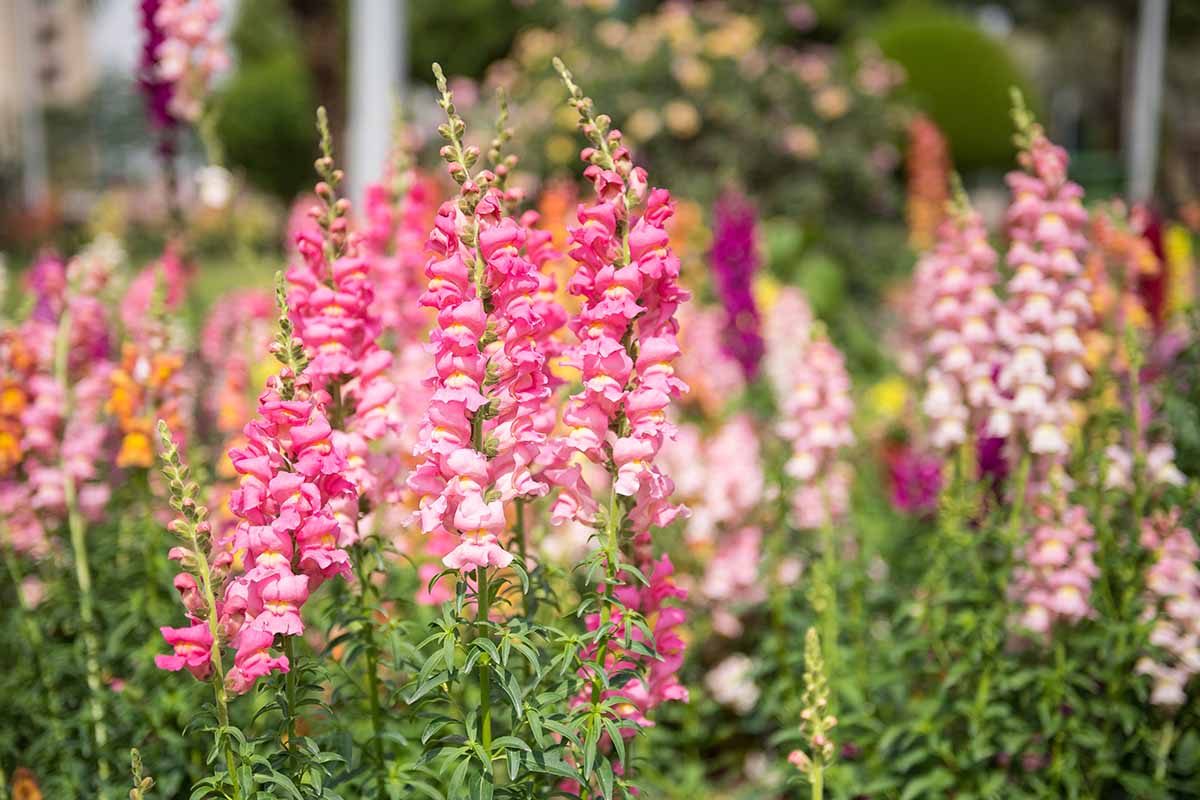
Annuals are plants that complete their entire lifecycle in one growing season.
That means they emerge from a seed, grow, form seeds of their own, and die all within a single year. No part except for the seed survives to see the following year.
A biennial is a plant that requires two years to complete its life cycle, with the seeds typically forming in the second year before the plant dies.
Which Growth Cycle Do Snapdragons Have?
The quick answer is that these plants are herbaceous perennials. But they have some characteristics similar to annuals.
In other words, just because they may return year after year, that doesn’t mean you can expect them to behave as perennials such as hostas might.
Snapdragons are typically grown as annuals because the plants are sensitive to frost.
The seeds can tolerate temperatures below freezing, but the plants usually die at the end of the growing season because the weather is too cold for them to survive in zones with harsh winters.
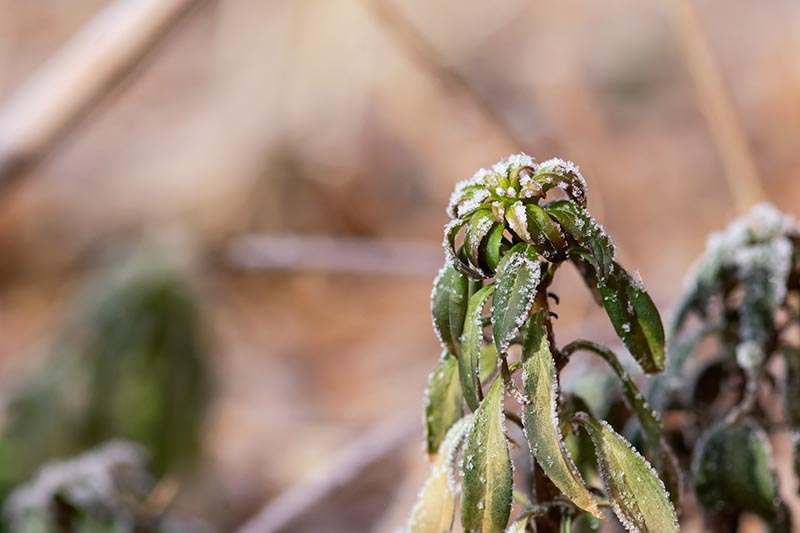
They’re also short-lived, which means although they are perennials, you can’t expect the same plant to come back each year for decades.
For these reasons, you’ll often see snapdragons referred to as biennials, annuals, hardy annuals, tender perennials, or semi-perennials. Technically, none of these are entirely accurate. They’re simply perennials, botanically speaking.
It’s okay to be confused, there is a lot of inaccurate information out there on these flowers, and there has been for centuries.
Back in 1806, the American Gardener’s Calendar called them annuals, and many growers continue to do so. It’s no wonder we’re all so unclear on the specifics.
I know what you’re thinking. According to the descriptions above, a perennial usually forms flowers in its second season of life.
An annual, on the other hand, produces seeds and dies in the same growing season. Isn’t the latter what snapdragons do?
This is one of those plants that can, in the right conditions, form flowers in its first year. But even so, if you live in the right climate, the original plant will also return the following growing season.
That’s what makes them perennials, not annuals.
How Long Do Snapdragons Live?
Assuming you provide the right growing environment, snapdragons can live for up to about five years, with three being more typical. These plants are winter-hardy in USDA Hardiness Zones 7 to 11 and can be overwintered in colder locations by growing them in containers and moving them inside or by providing additional frost protection.
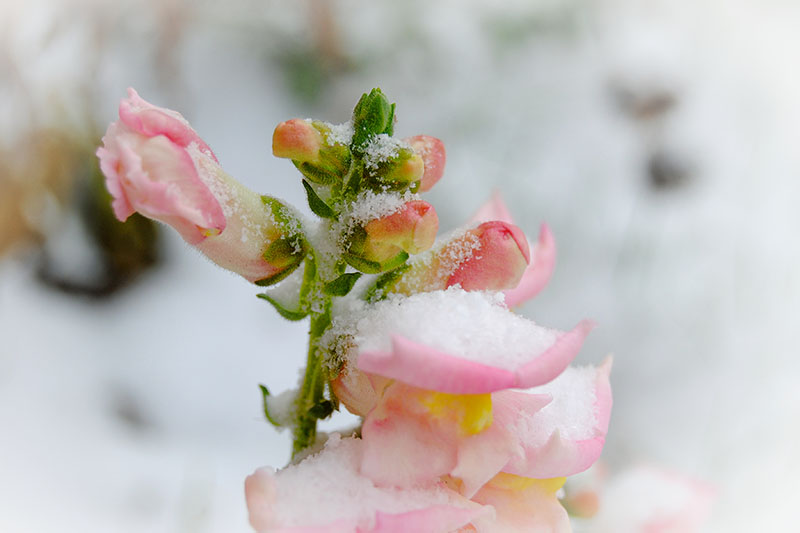
I’ve talked to people who insist that theirs often live much longer, and I myself have had a patch of the flowers that lasted for nearly a decade.
But the most important thing to note is that their return wasn’t always due to regeneration from the roots underground, but because the plants were also reseeding themselves.
If you leave the flowers on the stalks in the garden, they’ll go to seed, and those seeds will fall onto the soil. In the right conditions, these seeds will germinate, and presto! You have new snapdragons.
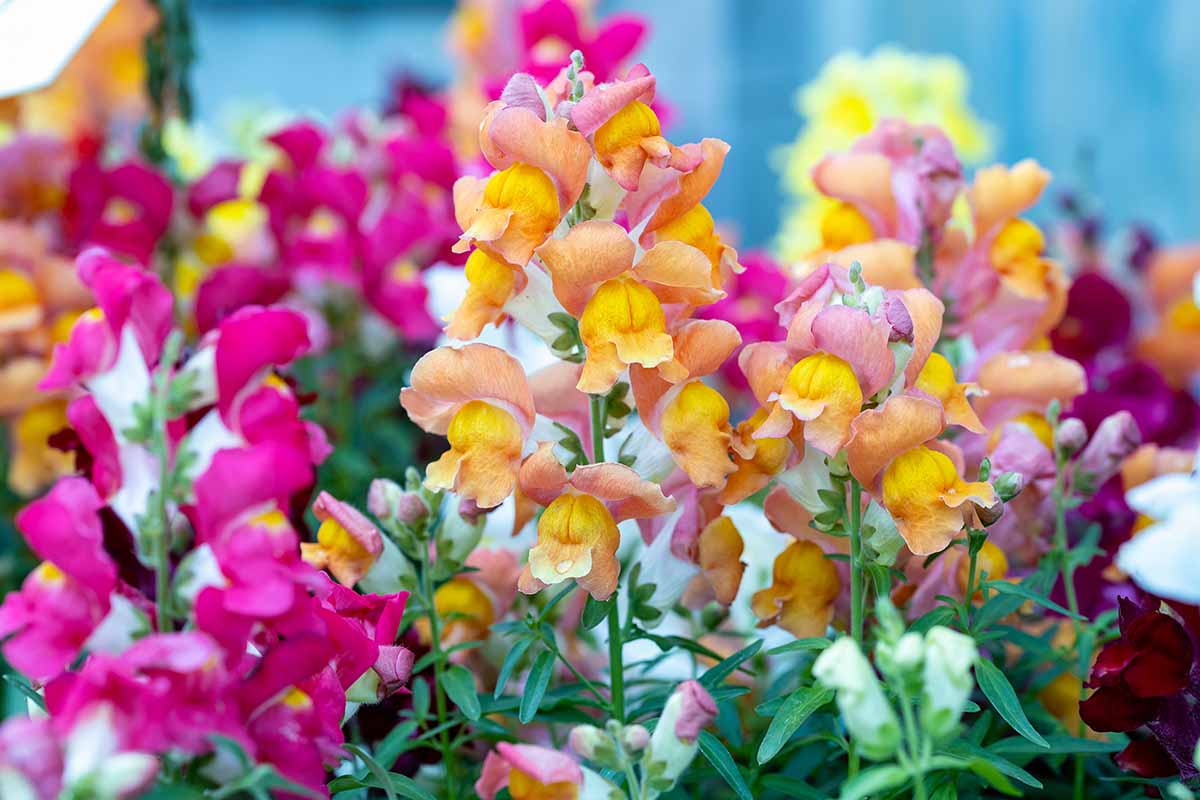
The “right” conditions generally include weather above -20°F or so, regular moisture, and at least partial sunlight.
Because these conditions aren’t so difficult to find in many regions across the US and beyond, these plants have naturalized across North America and Europe. Not so “tender” after all – right?
Most self-seeded flowers won’t look exactly like their parent plant did, but that’s part of the fun. You never know what you might end up with each year, thanks to genetic diversity in the seeds.
Snapdragons are in good company with other garden favorites that have relatively short lives. Columbine, delphiniums, lupines, and rudbeckia are all fellow short-lived perennials.
Enjoy Your Snapdragons, No Matter How Long They Live
I’ve seen snapdragons pop back up after spending a winter under snow, and I’ve seen patches reseed themselves for years on end.
But regardless of whether you enjoy them for just a few months or much longer, be sure to make the effort to appreciate them for however long they last.
That can mean taking a moment to squeeze the blossoms to make the “mouths” talk, or it could mean placing them in a vase inside so you can observe them all day long.
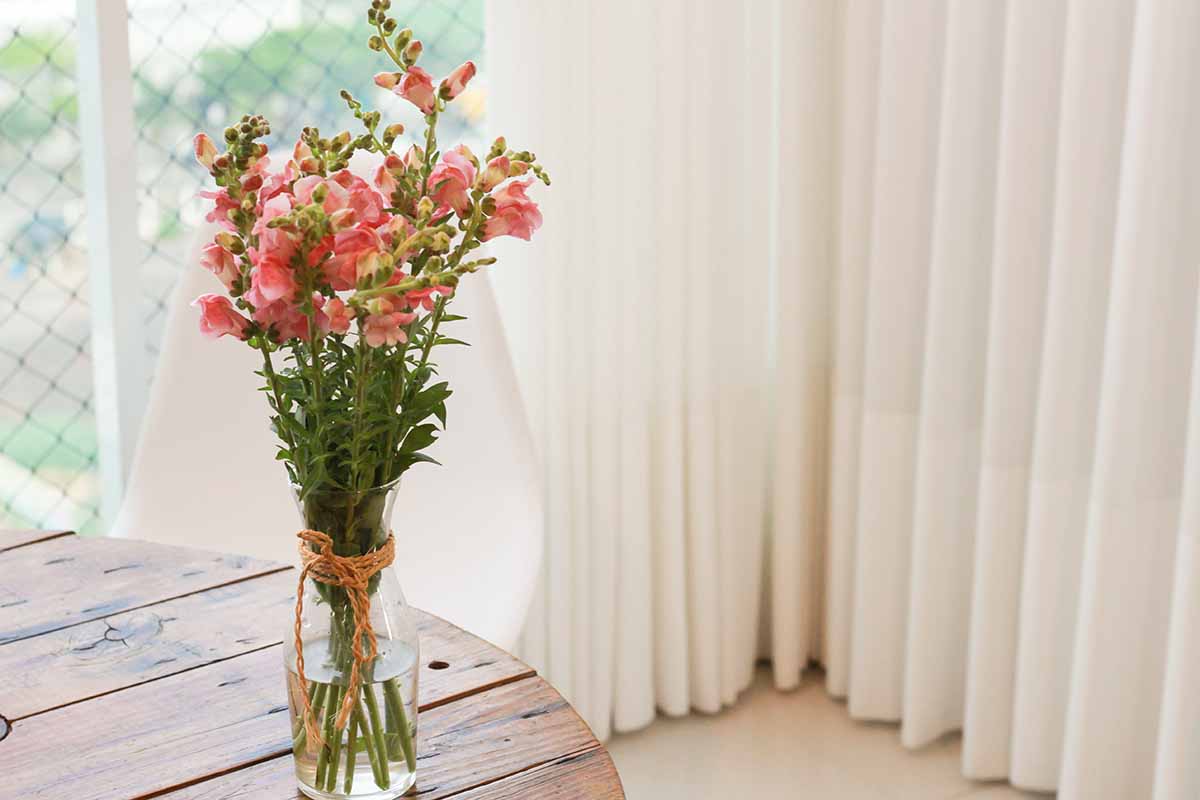
Now that you know they’re perennials, you can plan your garden accordingly. You might even find that you decide to let them go to seed or come back in the spring rather than pulling the plants at the end of the season, depending on your growing zone.
How do you use your snapdragons? Are they a favorite cut flower? Tall sentinels at the border of your garden? Let us know in the comments section below!
If you’re looking to learn more about growing snapdragons, you might want to read one of the following guides for more information next:
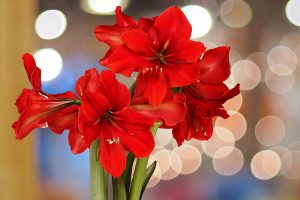
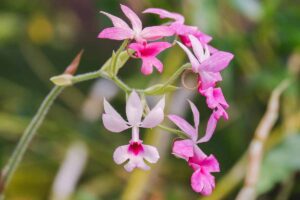
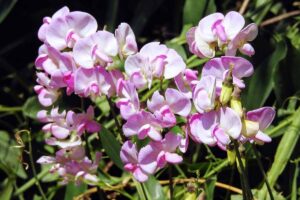
This article is super informative! I grow in a plant hardiness zone of 7 so I will definitely try to winter my snapdragons this year.
Is there anything I should do to winterize the snap dragons (zone 7b) to make sure they come back the following year?
Hi! We actually have a guide to help you winterize snapdragons. In your Zone, you don’t need to do anything, and they should be totally fine. But if you want to err on the side of caution, there are a few things that we lay out in the guide that you can try.